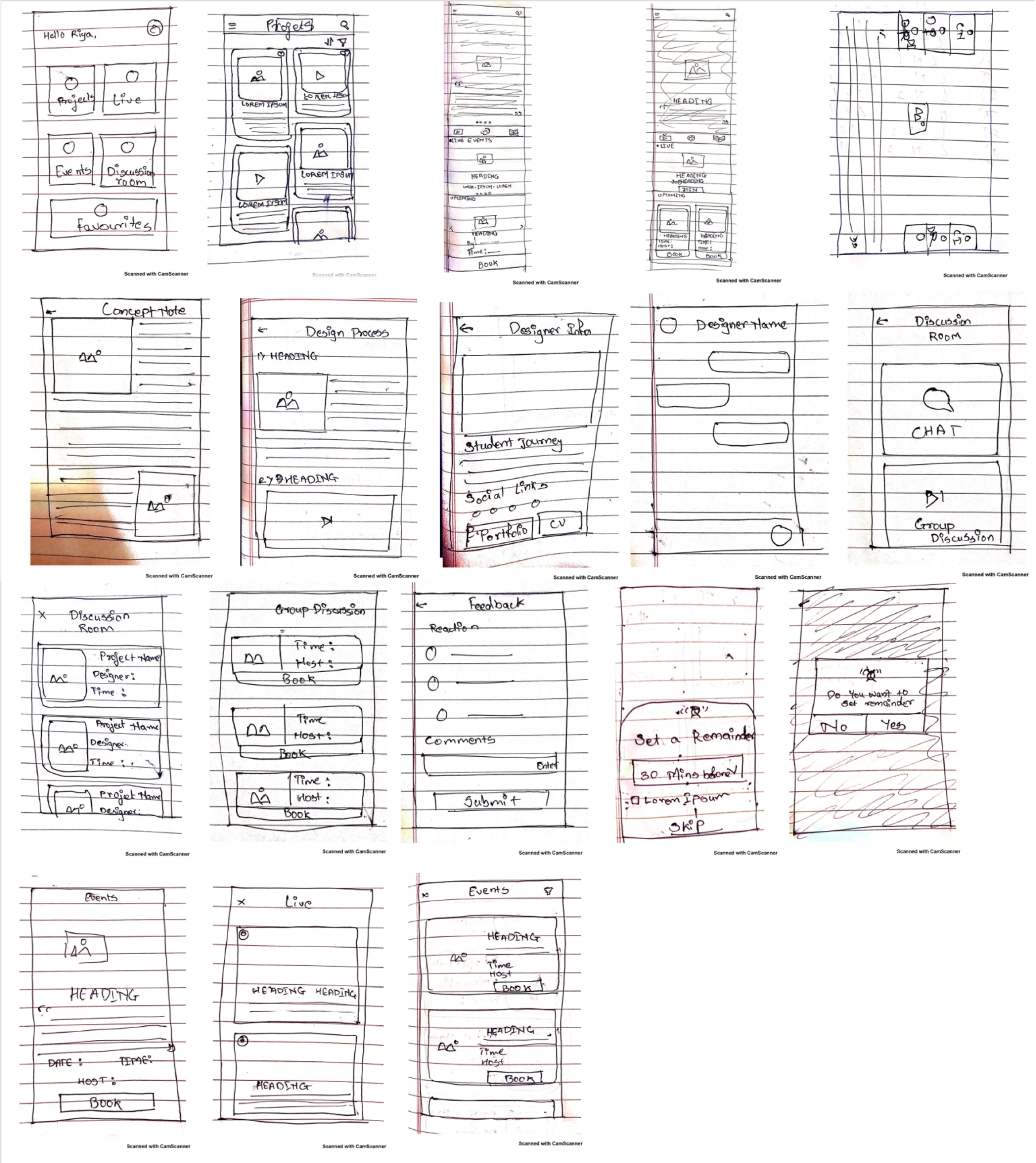Personal- Furlenco App
A dedicated UX designer with over 4 years of experience in the ever-evolving design industry. As a strategic thinker, I have developed expertise in design thinking,

The Project
Srishti Institute of Art, Design, and Technology is a non-residential institution founded in 1996 by the Ujwal Trust with the objective of providing art and design education in an environment of creativity to maximize the individual’s potential. Srishti is now Srishti Manipal. In all these years, Srishti showcasing the undergraduate and postgraduate final projects was an endeavor that culminated in an on-ground exhibition along with printed/ published catalogs.
PROBLEM STATEMENT- Due to the pandemic, all physical events have been looking for solutions to be more accessible to their audience. Srishti has also been looking for ways to provide their graduating students with a platform to showcase their work to a wider audience.
Context
Srishti seeks to create a graduate showcase for 2020 with a cohesive user experience design. A virtual grad show will be the new way of re-situating and reimagining the move from print to digital form. Srishti wants to create the same experience on an application. This will not only help expand the audience but also create an inclusive experience for the various users. The project will develop and prototype an app that will follow the print magazine, however, it’ll also take advantage of the digital medium to make it interactive with the audience, just like a physical event.
Target Audience:-
Primary Audience- Graduating students, Practitioners, Recruiters, Collaborators/Partners, In-house faculty, Mentors
Secondary Audience- Faculty and students from other colleges, Prospective Students, Friends/Family, Current Students, Press/Media
The Process
We were To begin with the project, we were told to define the process of the project

Research
For research, we started with primary research by looking into the data collected for the previous grad show created by Srishti and looking into the other online grad shows. Furthermore, we individually decided to take up two categories from the target audience and take up their interviews, wherein I chose to interview a potential employer and a student participating in the grad show.
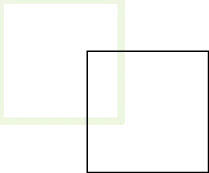
Data Analysis
The data collected in the research phase was then brought together in the form of user personas of each interviewee.
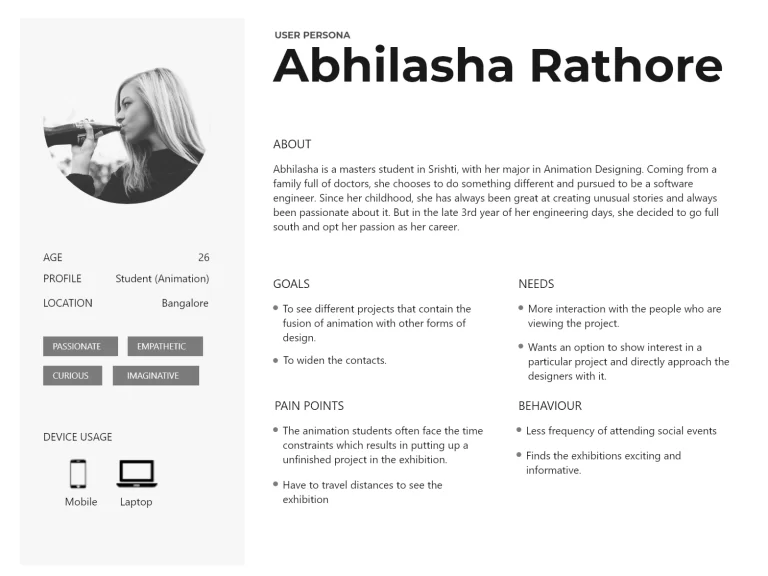
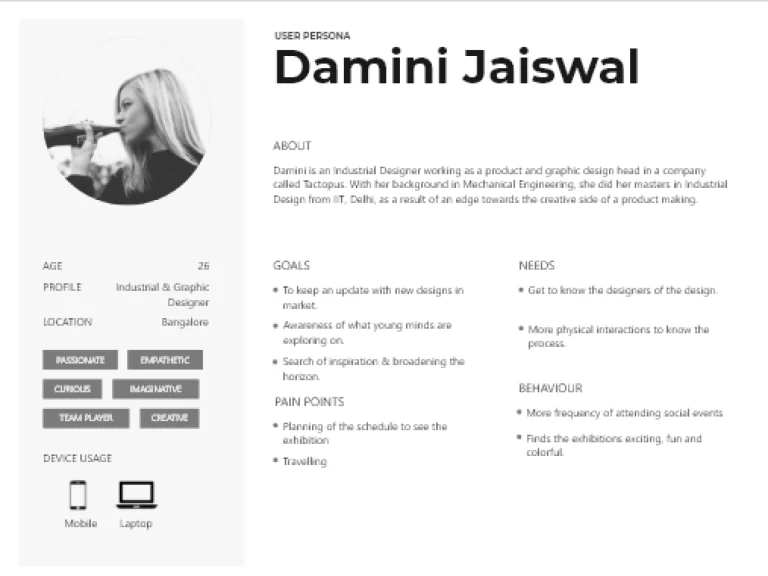
Next in line, we created the emotion graphs of each interview in order to narrow down the exact feelings of the interviewee throughout the interview and gain more insights into what interests them and how the pain points affect them and their experiences.
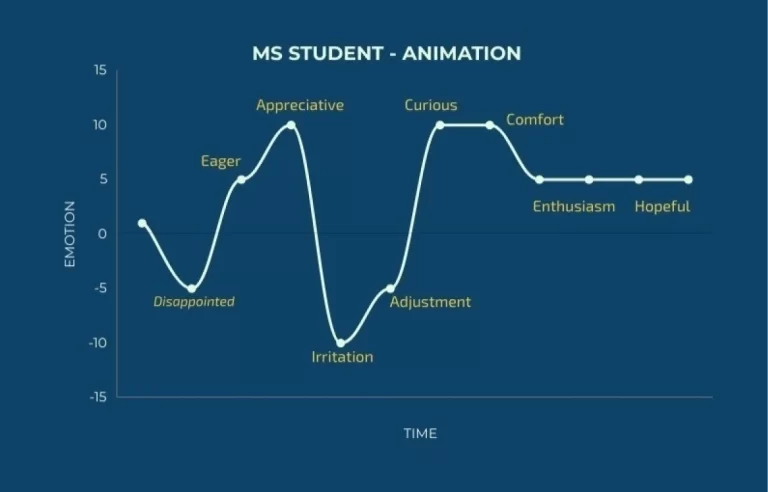

After creating this emotion graph, we all converted our insights into a combined affinity map.
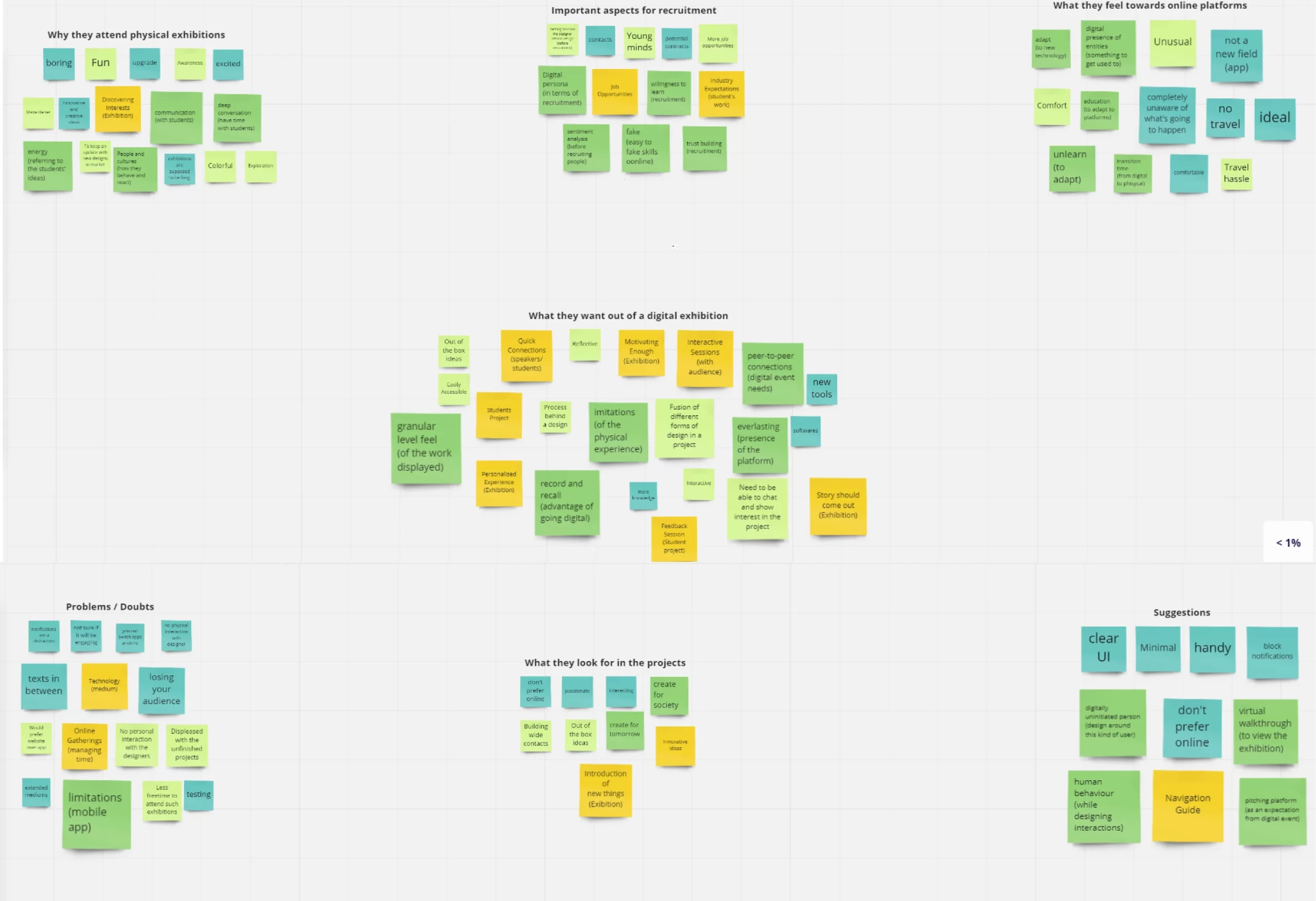
Putting all the data in the form of affinity mapping didn't help us much in identifying the problems, hence we decided to interview one more category of target audience and pull out the problem statement on that basis.
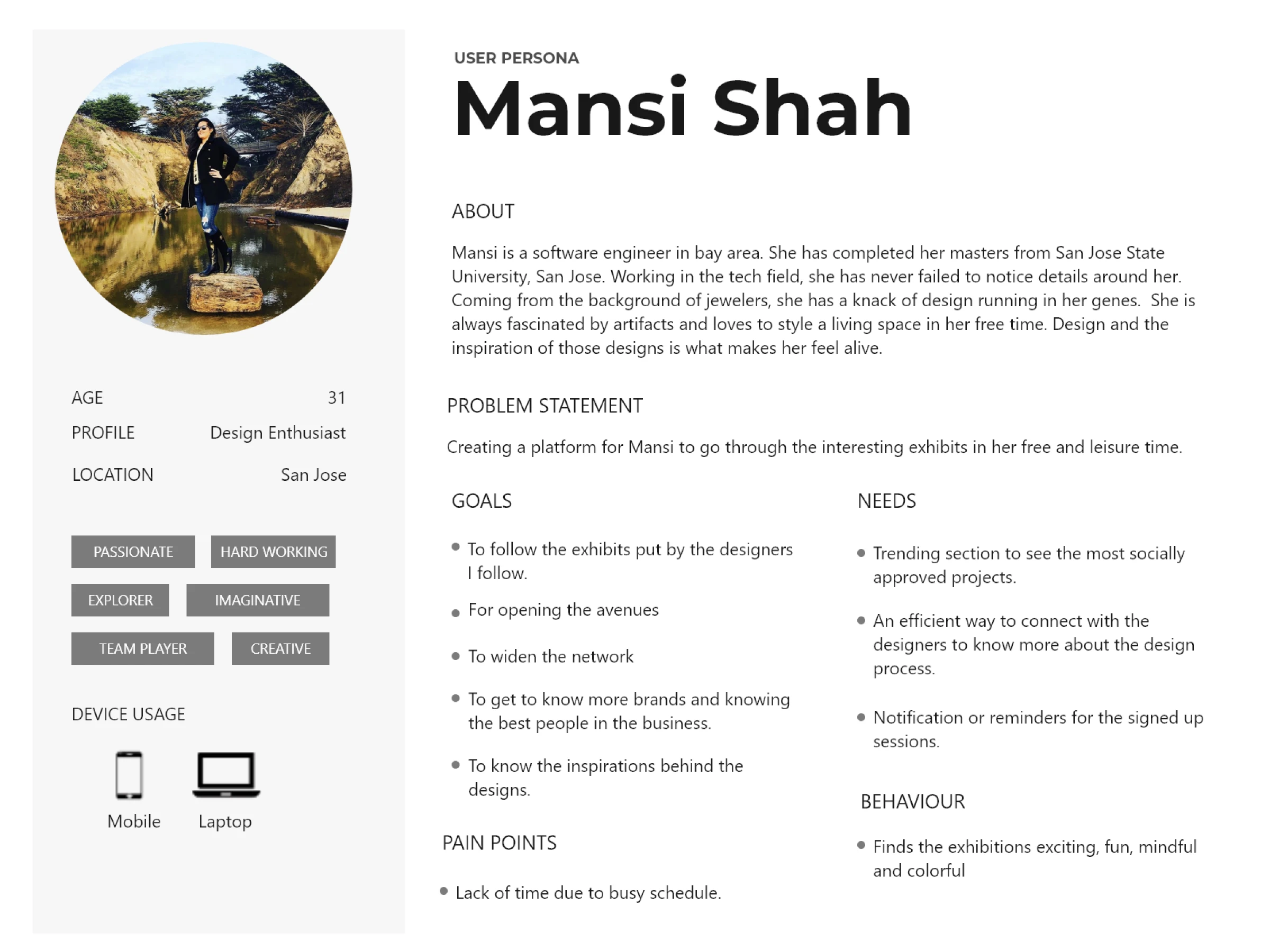
With the insights obtained by the 3 interviewees, each of us created an empathy map.

Once we had created our individual empathy map, we then went on creating a task flow and a user journey map
Task Flow
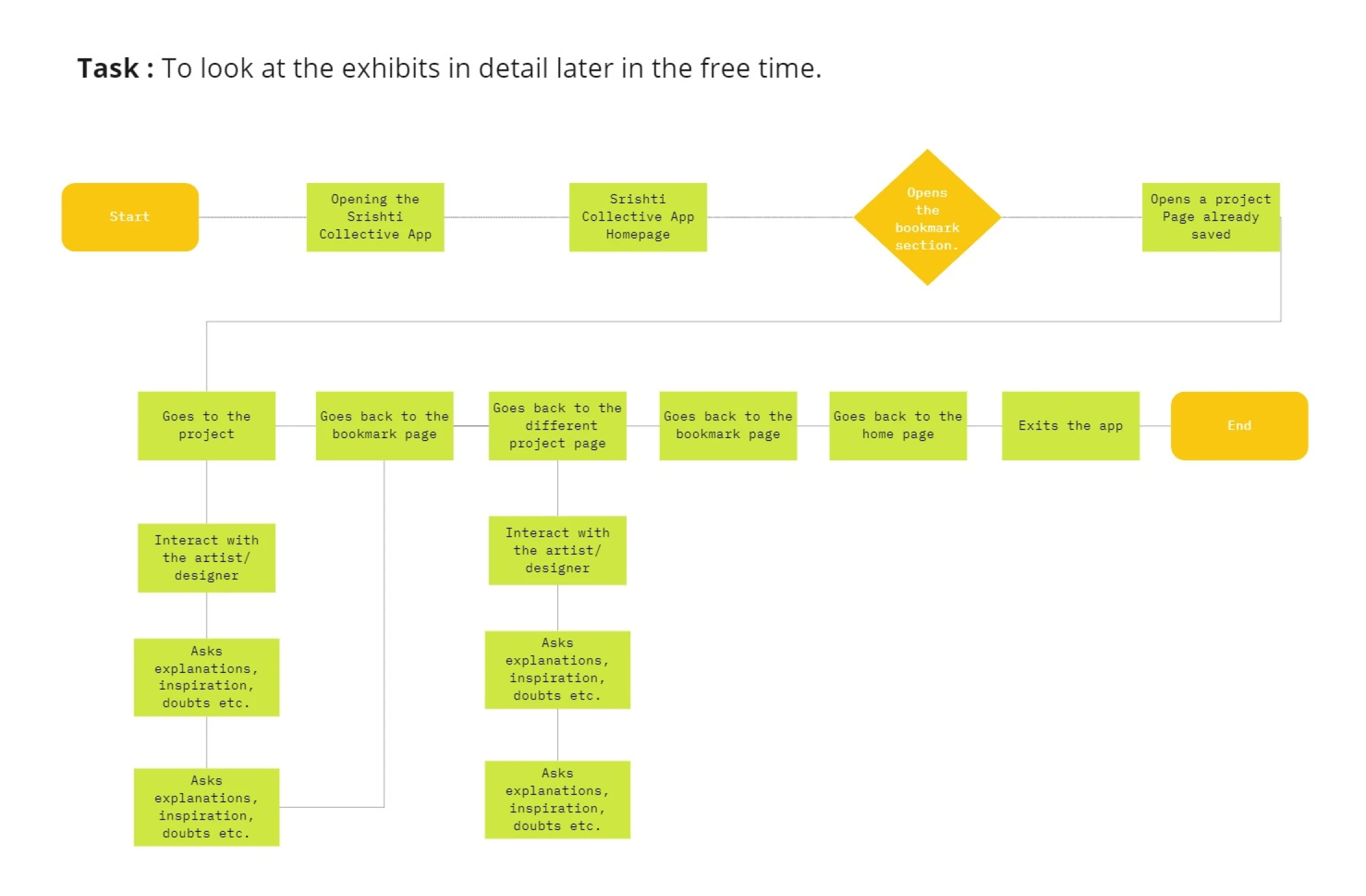
User Journey

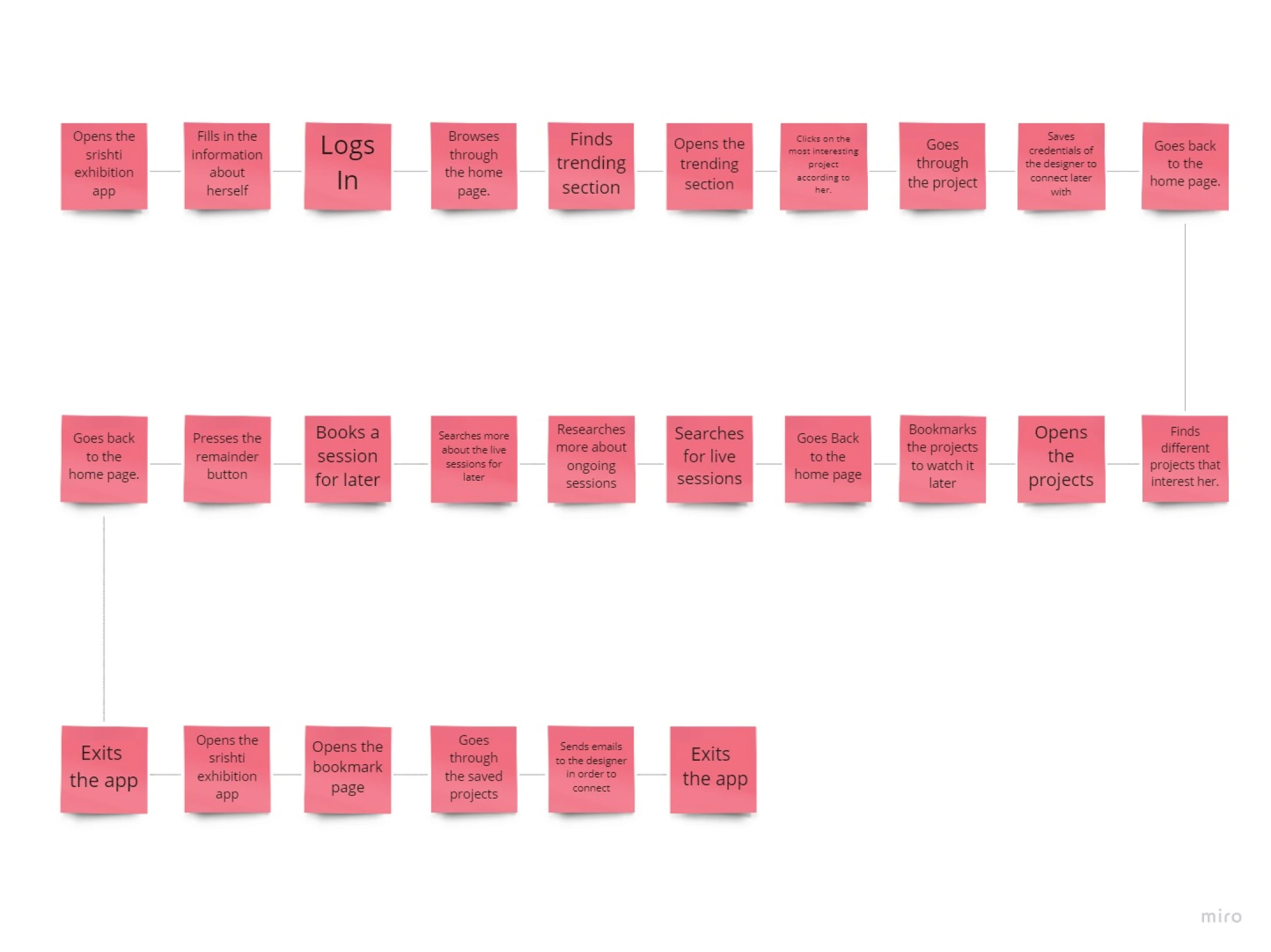
In order to gain precise insights we then created an as-is map and to-be map.
As-Is Journey Map
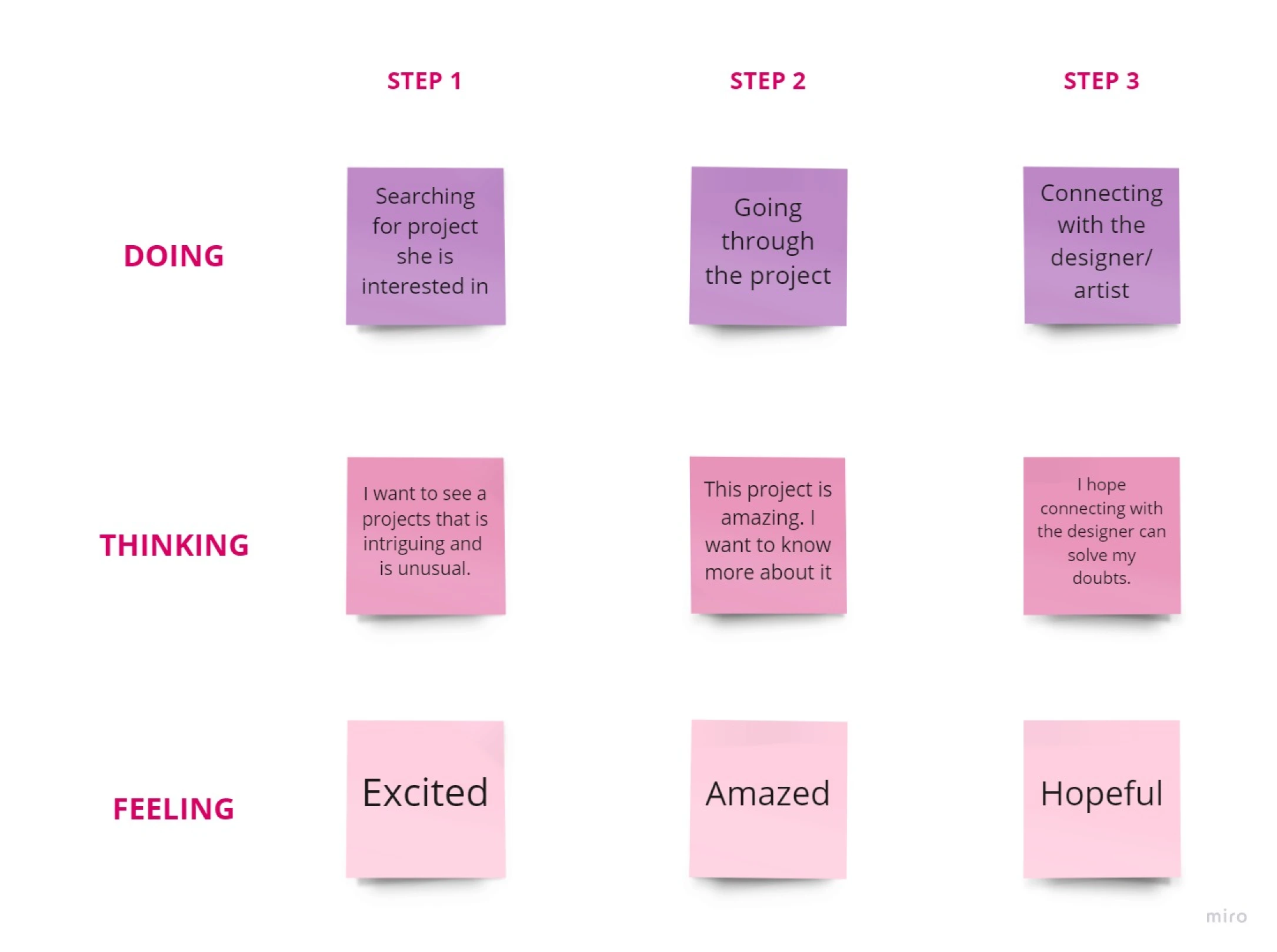
To-Be Journey Map

Ideation
After drawing out the insights, we collectively started brainstorming the ideas to cover and meet all the expectations from the user.
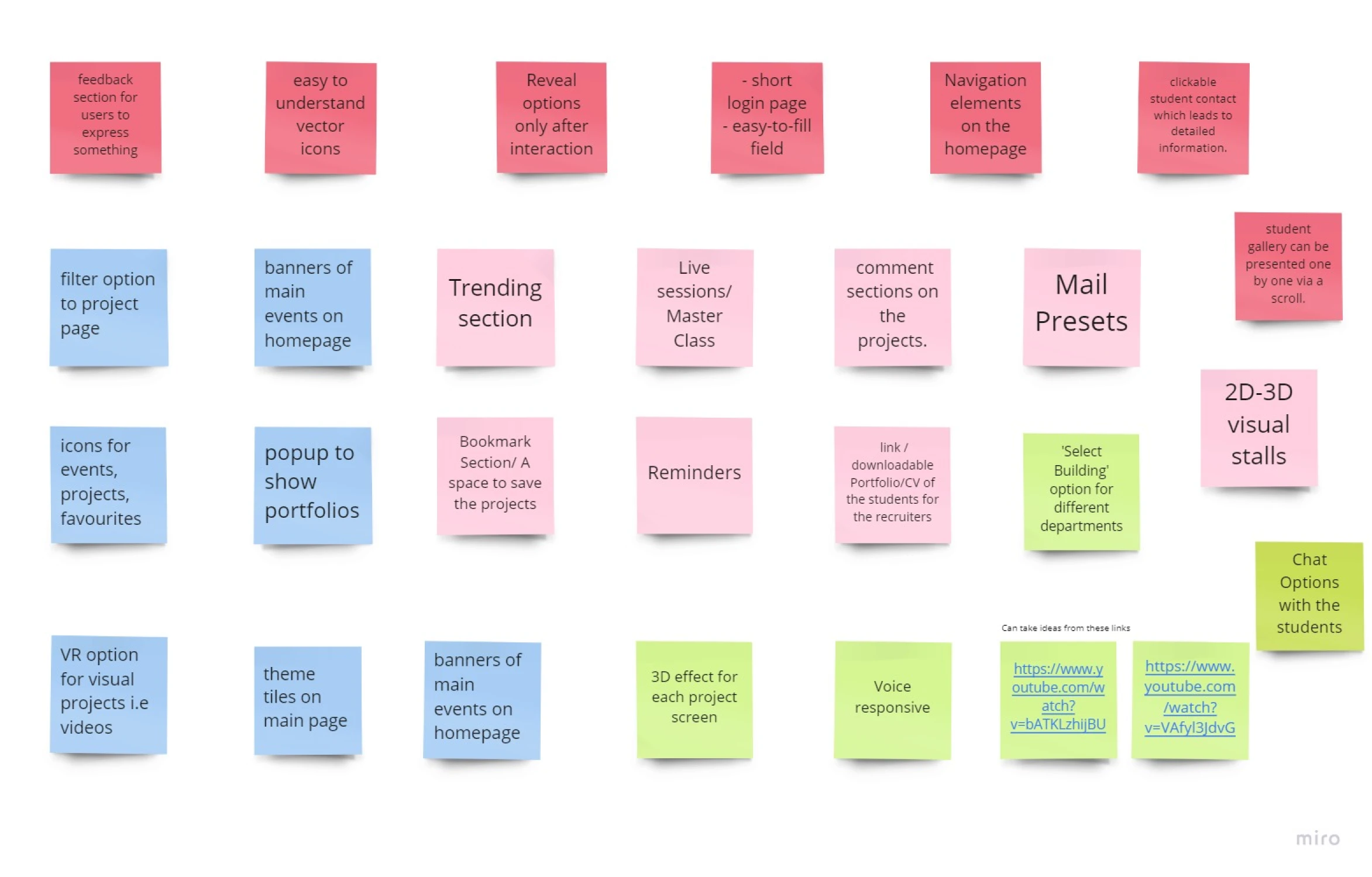
Information Architecture
IAfter brainstorming for the ideas, we created an information architecture to define the entire flow of the app.
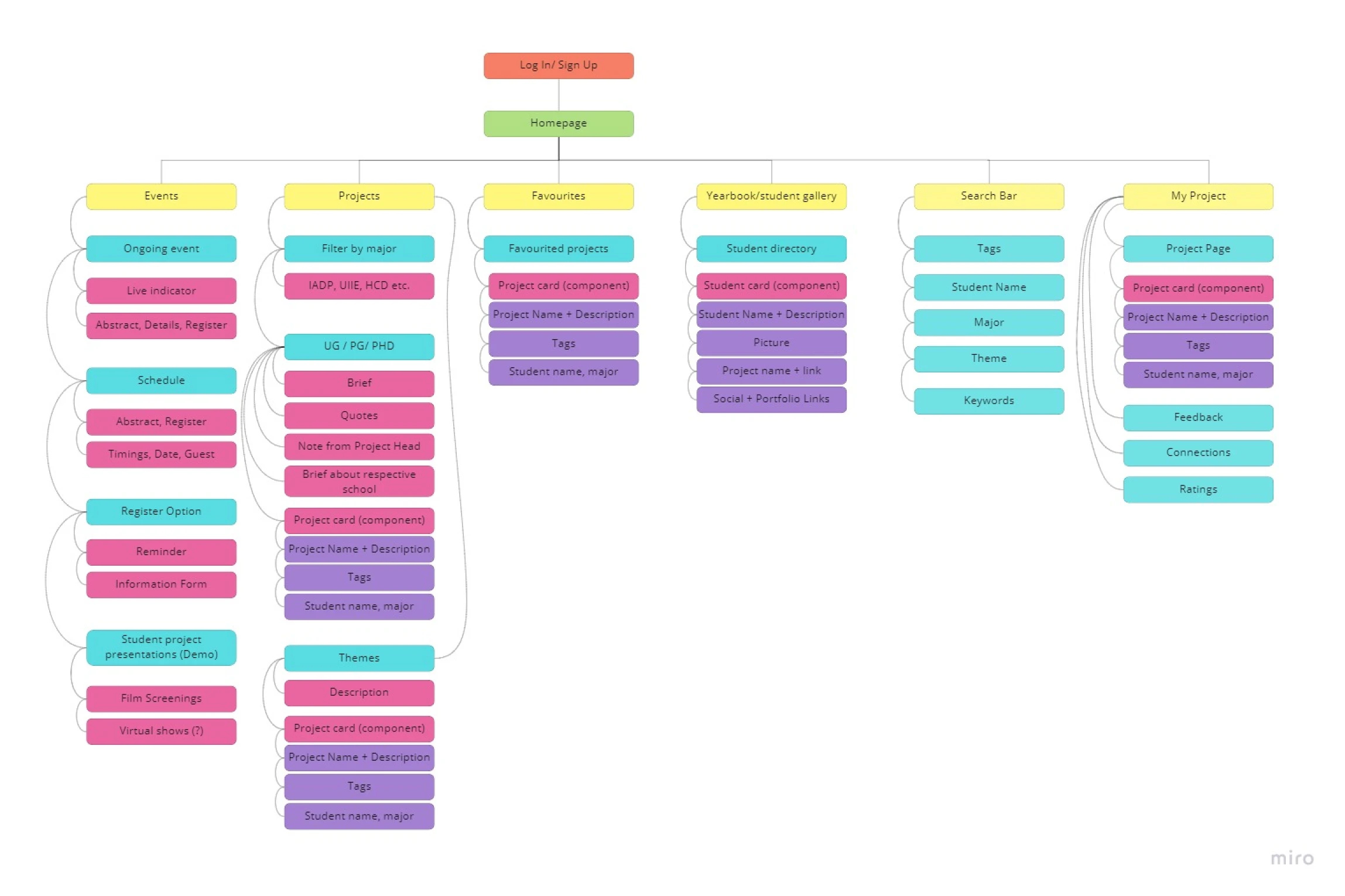
Wireframing
Further, we individually started designing our own set of wireframes.
